Lillianne French, Rosio Ojeda, Melissa Symmes, Dr. Emily Wakild
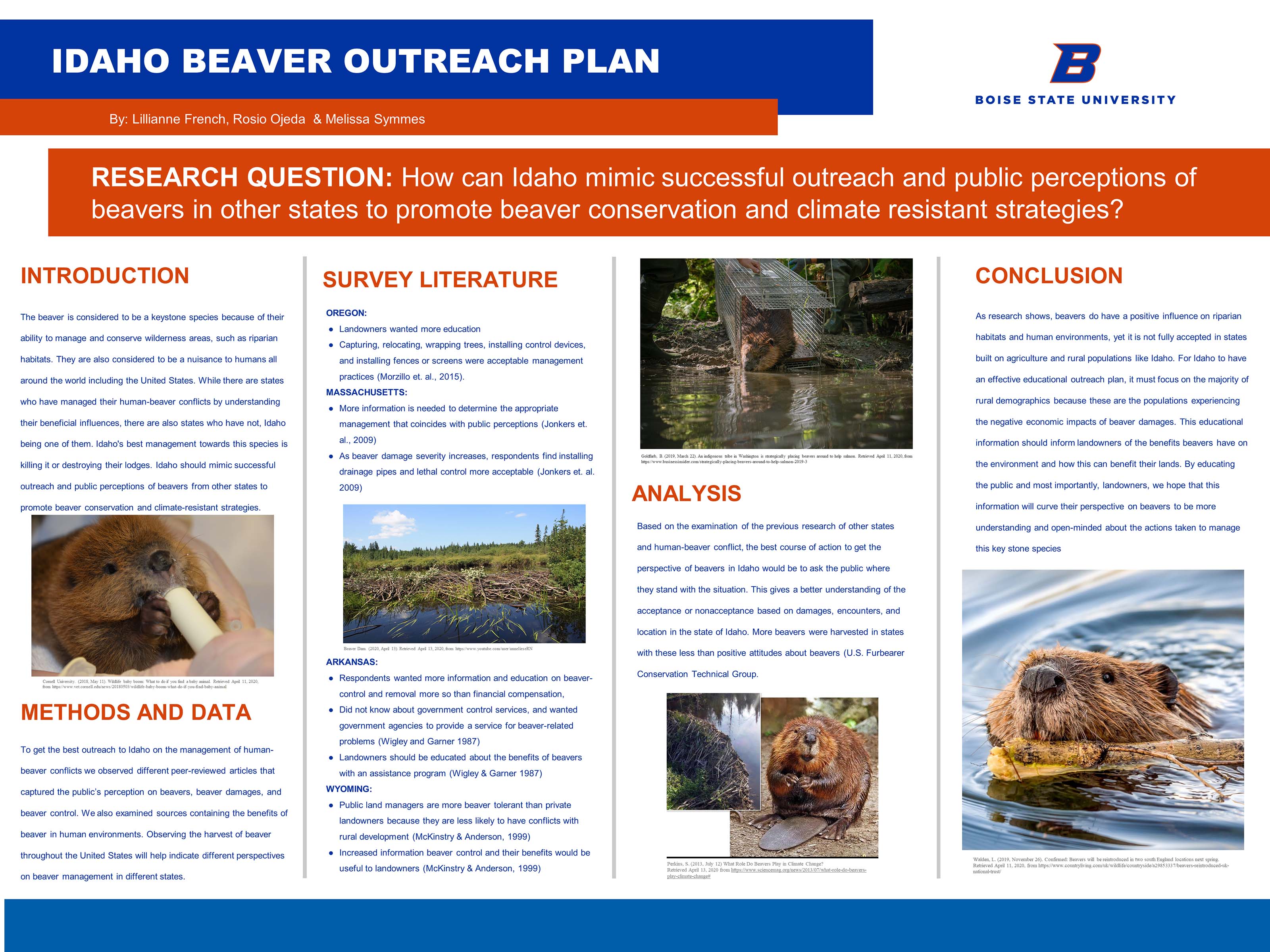
Research Question
How can Idaho mimic successful outreach and public perceptions of beavers in other states to promote beaver conservation and climate resistant strategies?
Introduction
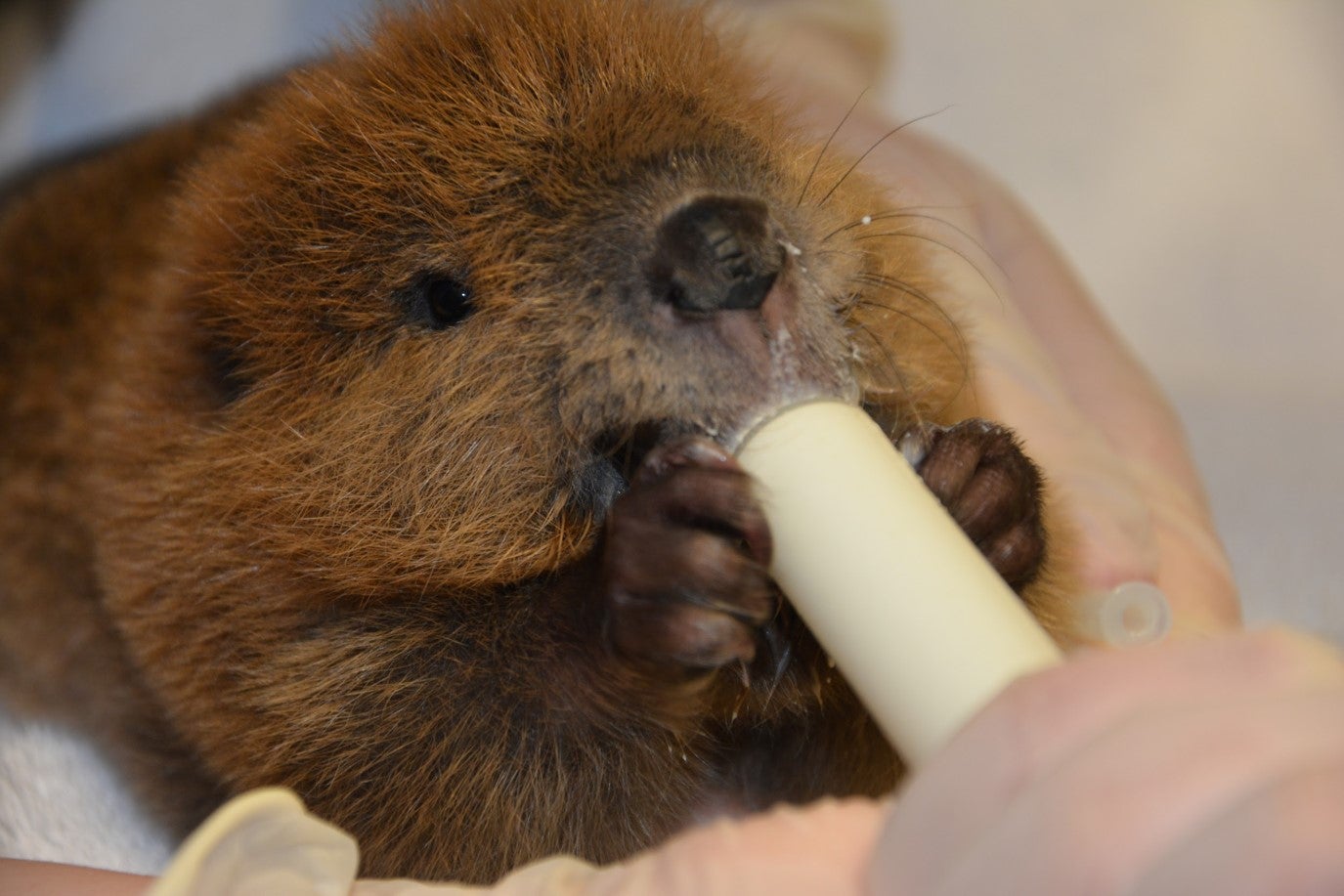
The beaver is considered to be a keystone species because of their ability to manage and conserve wilderness areas, such as riparian habitats. They are also considered to be a nuisance to humans all around the world including the United States. While there are states who have managed their human-beaver conflicts by understanding their beneficial influences, there are also states who have not, Idaho being one of them. Idaho’s best management towards this species is killing it or destroying their lodges. Idaho should mimic successful outreach and public perceptions of beavers from other states to promote beaver conservation and climate-resistant strategies.
Methods and Data
To get the best outreach to Idaho on the management of human-beaver conflicts we observed different peer-reviewed articles that captured the public’s perception on beavers, beaver damages, and beaver control. We also examined sources containing the benefits of beaver in human environments. Observing the harvest of beaver throughout the United States will help indicate different perspectives on beaver management in different states.
Survey Literature
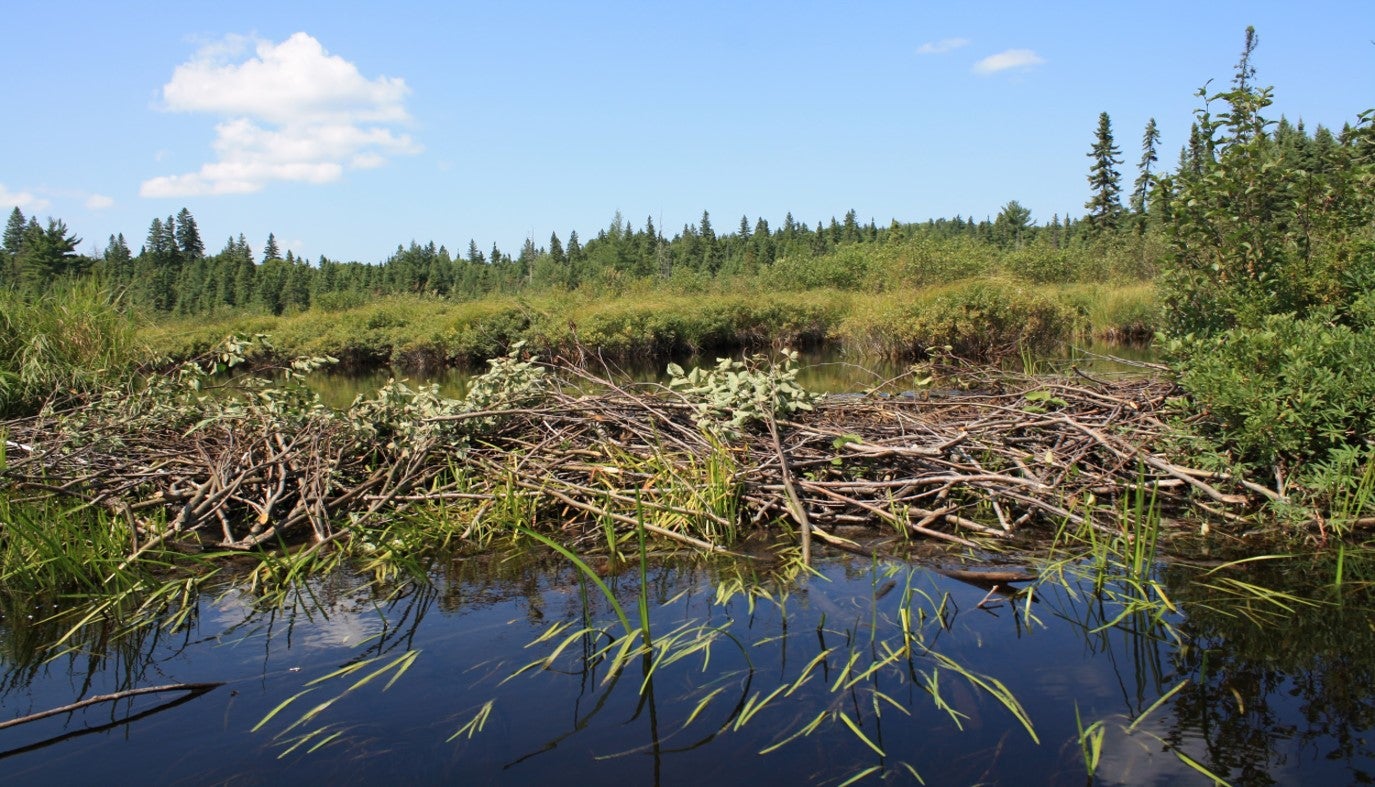
OREGON:
- Landowners wanted more education
- Capturing, relocating, wrapping trees, installing control devices, and installing fences or screens were acceptable management practices (Morzillo et. al., 2015).
MASSACHUSETTS:
- More information is needed to determine the appropriate management that coincides with public perceptions (Jonkers et. al., 2009)
- As beaver damage severity increases, respondents find installing drainage pipes and lethal control more acceptable (Jonkers et. al. 2009)
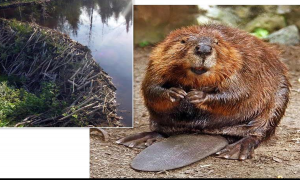
ARKANSAS:
- Respondents wanted more information and education on beaver-control and removal more so than financial compensation,
- Did not know about government control services, and wanted government agencies to provide a service for beaver-related problems (Wigley and Garner 1987)
- Landowners should be educated about the benefits of beavers with an assistance program (Wigley & Garner 1987)
WYOMING:
- Public land managers are more beaver tolerant than private landowners because they are less likely to have conflicts with rural development (McKinstry & Anderson, 1999)
- Increased information beaver control and their benefits would be useful to landowners (McKinstry & Anderson, 1999)
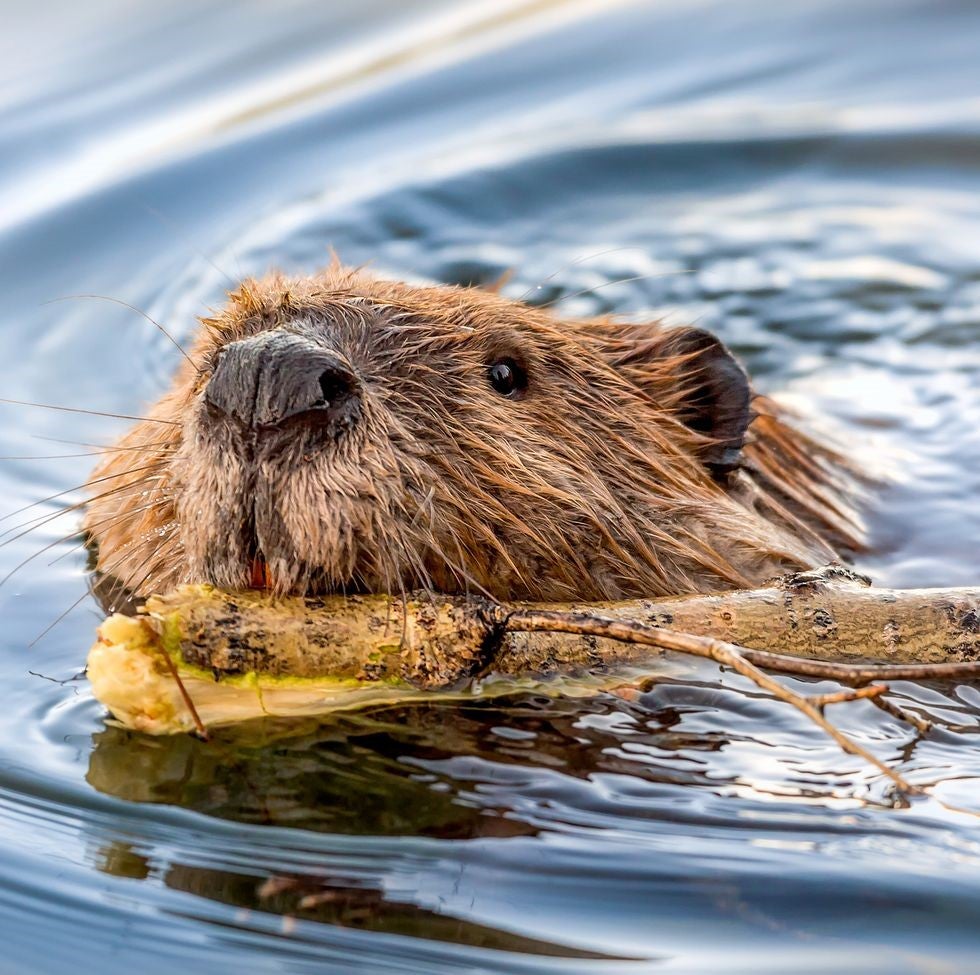
Analysis
Based on the examination of the previous research of other states and human-beaver conflict, the best course of action to get the perspective of beavers in Idaho would be to ask the public where they stand with the situation. This gives a better understanding of the acceptance or nonacceptance based on damages, encounters, and location in the state of Idaho. More beavers were harvested in states with these less than positive attitudes about beavers (U.S. Furbearer Conservation Technical Group.
Conclusion
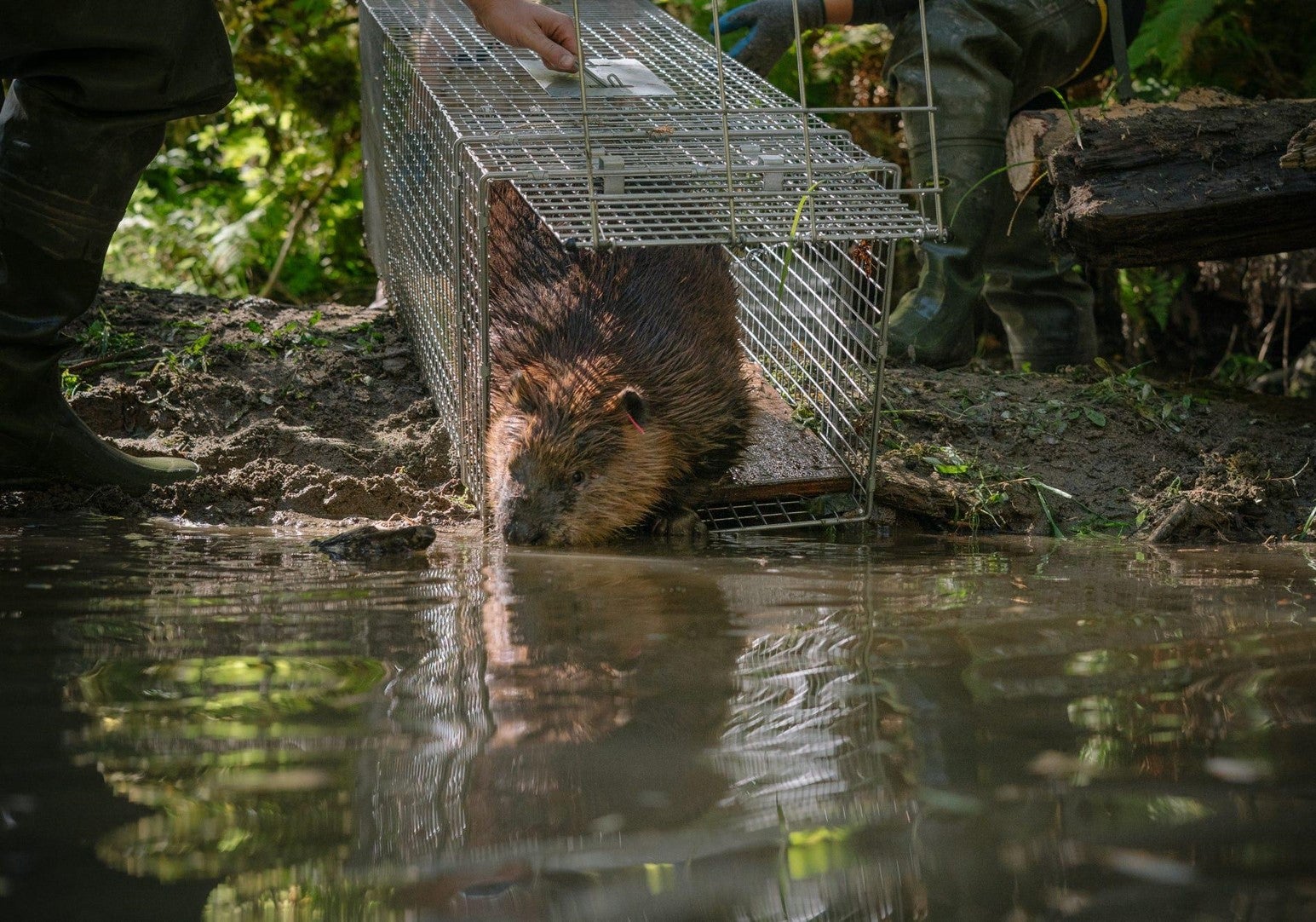
As research shows, beavers do have a positive influence on riparian habitats and human environments, yet it is not fully accepted in states built on agriculture and rural populations like Idaho. For Idaho to have an effective educational outreach plan, it must focus on the majority of rural demographics because these are the populations experiencing the negative economic impacts of beaver damages. This educational information should inform landowners of the benefits beavers have on the environment and how this can benefit their lands. By educating the public and most importantly, landowners, we hope that this information will curve their perspective on beavers to be more understanding and open-minded about the actions taken to manage this key stone species
References
- U.S. Furbearer Conservation Technical Group. 2017. U.S. Furbearer Harvest Statistics Database 1970 to 2017. Association of Fish and Wildlife Agencies. Retrieved April 13, 2020, https://www.fishwildlife.org/download_file/view/1776/1213
- Beaver Dam. (2020, April 13). Retrieved April 13, 2020, from https://www.youtube.com/user/annelieseRN
- Cornell University. (2018, May 11). Wildlife baby boom: What to do if you find a baby animal. Retrieved April 11, 2020, from https://www.vet.cornell.edu/news/20180503/wildlife-baby-boom-what-do-if-you-find-baby-animal
- Jonker, S., Organ, J., Muth, R., Zwick, R., & Siemer, W. (2009). Stakeholder norms toward beaver management in massachusetts. The Journal of Wildlife Management, 73(7), 1158-1165.
- McKinstry, M. C., & Anderson, S. H. (1999). Attitudes of private-and public-land managers in Wyoming, USA, toward beaver. Environmental Management, 23(1), 95-101. https://link.springer.com/article/10.1007/s002679900170
- Morzillo, Anita T., Needham, Mark D. (2015). Landowner Incentives and Normative Tolerances for Managing Beaver Impacts, Human Dimensions of Wildlife, 20:6, 514-530, DOI: 10.1080/10871209.2015.1083062 https://www-tandfonline-com.libproxy.boisestate.edu/doi/full/10.1080/10871209.2015.1083062
- Perkins, S. (2013, July 12) What Role Do Beavers Play in Climate Change? Retrieved April 13, 2020 from Science Magazine.
- Walden, L. (2019, November 26). Confirmed: Beavers will be reintroduced in two south England locations next spring. Retrieved April 11, 2020, from https://www.countryliving.com/uk/wildlife/countryside/a29853337/beavers-reintroduced-uk-national-trust/
- Wigley, T. B., & Garner, M. E. (1987). Landowner perceptions of beaver damage and control in Arkansas. Eastern Wildlife Damage Control Conferences. https://digitalcommons.unl.edu/cgi/viewcontent.cgi?article=1061&context=ewdcc3
Additional Information
For questions or comments about this research, contact Lillianne French lilliannefrench@u.boisestate.edu.